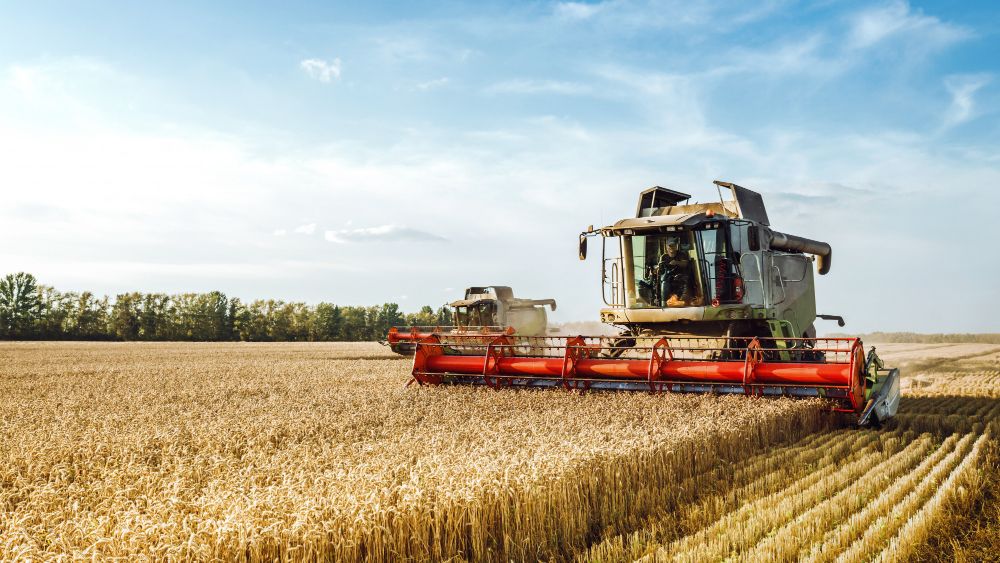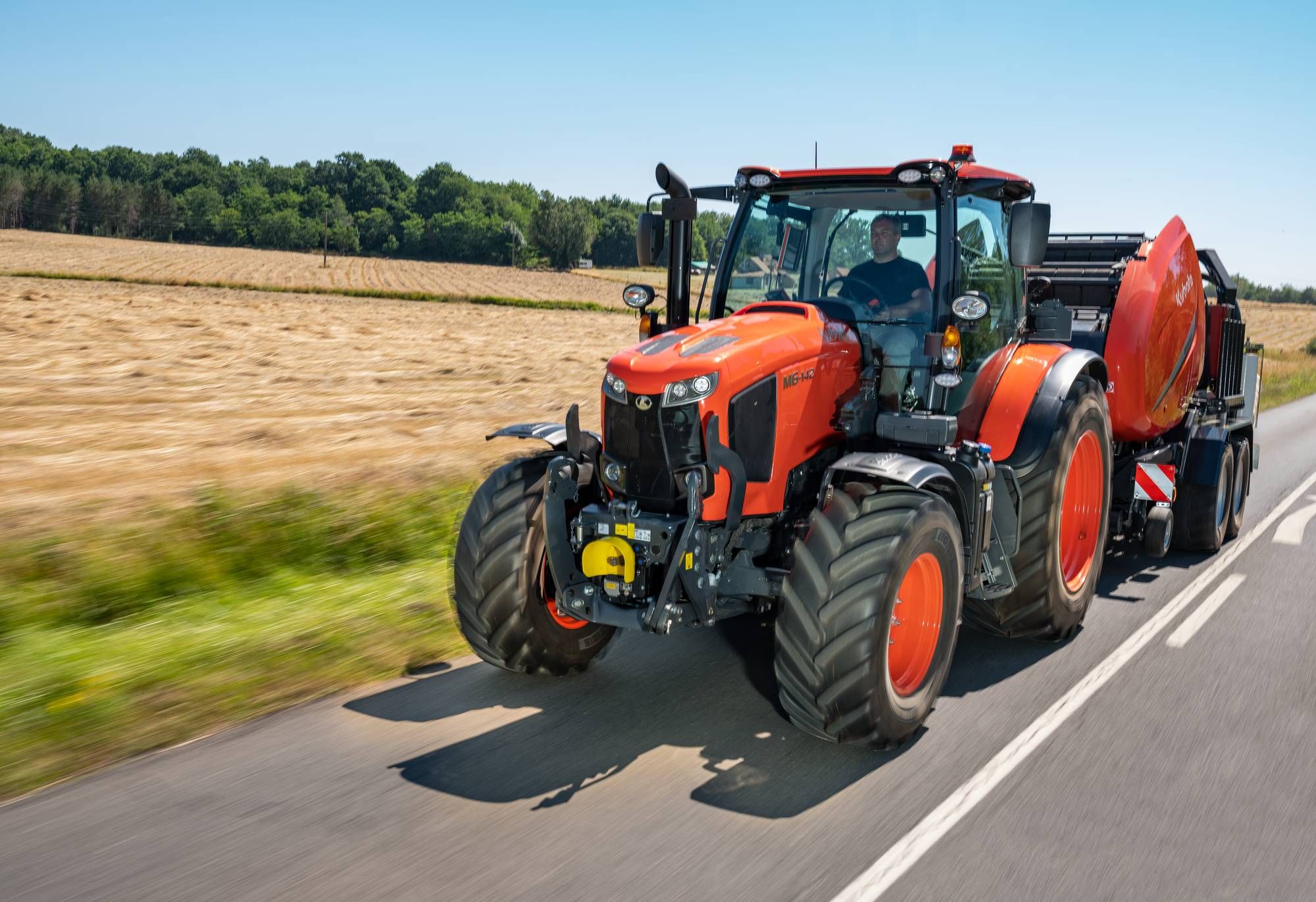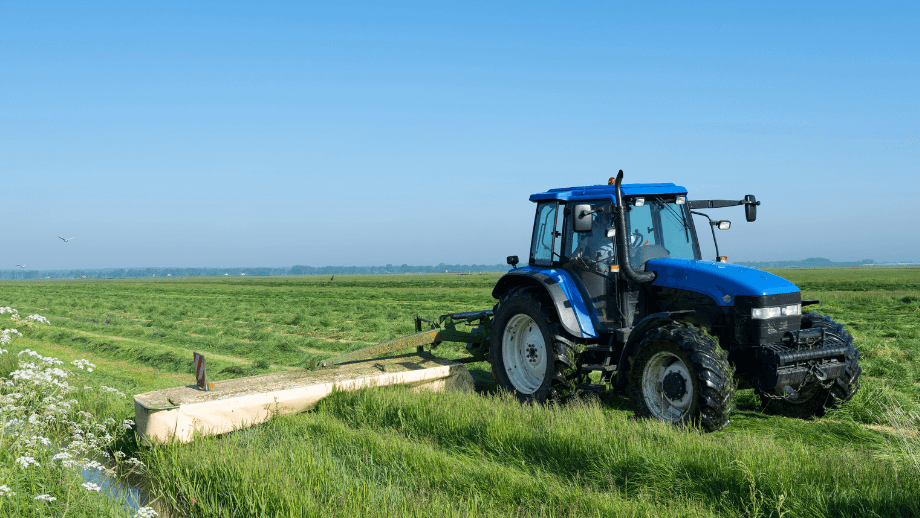
Conventional agriculture: traditional farming methods
Conventional farming is still the most common method for arable farming and animal husbandry.
Conventional agriculture is a farming method that has evolved from traditional arable farming and still accounts for a large proportion of German agriculture today. Through the combined use of different plant cultivation systems, fertilizers and pesticides, the aim is to generate high crop yields as efficiently as possible. For this to work, the choice of suitable machinery is also crucial. Here we reveal what these are and the advantages of conventional farming.
Machinery for conventional agriculture
In conventional agriculture, a high yield per unit area with efficient use of machinery is essential in order to make the best possible use of arable land. Fuel-saving, yet precise and robust machines are therefore an important factor. In addition, areas in conventional agriculture are becoming ever larger. This requires the use of machines with large working widths and correspondingly powerful, large tractors that can pull the implements.
Advantages of conventional agriculture
Almost 80 million people live in Germany - and they all depend on an affordable and reliable supply of food. This is where conventional agriculture has its greatest advantage: it ensures a stable food market that guarantees the population's food supply. In contrast to other forms of agriculture, the yield per hectare can be significantly increased through the use of fertilizers and pesticides and crop failures can be minimized even in poor years. At the same time, general production costs can be reduced by cultivating large areas. Overall, this ensures that food from conventional production is cheaper for the consumer.
In a nutshell: Advantages of conventional farming
- Higher land yield
- Lower risk of crop losses and failures
- Reliable food supply for the population
- Inexpensive food
Disadvantages of conventional agriculture
Of course, conventional agriculture also has disadvantages. It is repeatedly criticized for its impact on the environment: the use of pesticides can have a negative effect on wild plants and animals, but also on groundwater. Groundwater can also be polluted by the excessive use of fertilizers. The cultivation of large monocultures is also a frequent point of discussion. Not only can monocultures reduce soil fertility - the large areas under cultivation also have a negative impact on biodiversity. In addition, powerful tractors, which consume more fuel and compact the soil due to their greater weight, are often required to cultivate large areas of arable land. However, all of these negative points of criticism must be viewed in a differentiated way, because not all conventional farming is the same. Despite conventional farming methods, many farmers only use pesticides and fertilizers to a limited extent and ensure a balanced crop rotation to protect the soil. Hybrid farming, a middle ground between conventional and organic farming, is also becoming increasingly popular.
In a nutshell: Disadvantages of conventional agriculture
- Negative impact on biodiversity
- Possible pollution of groundwater
- Negative impact on soil fertility
- Higher consumption of fossil fuels
- Soil compaction
- Higher greenhouse gas emissions



